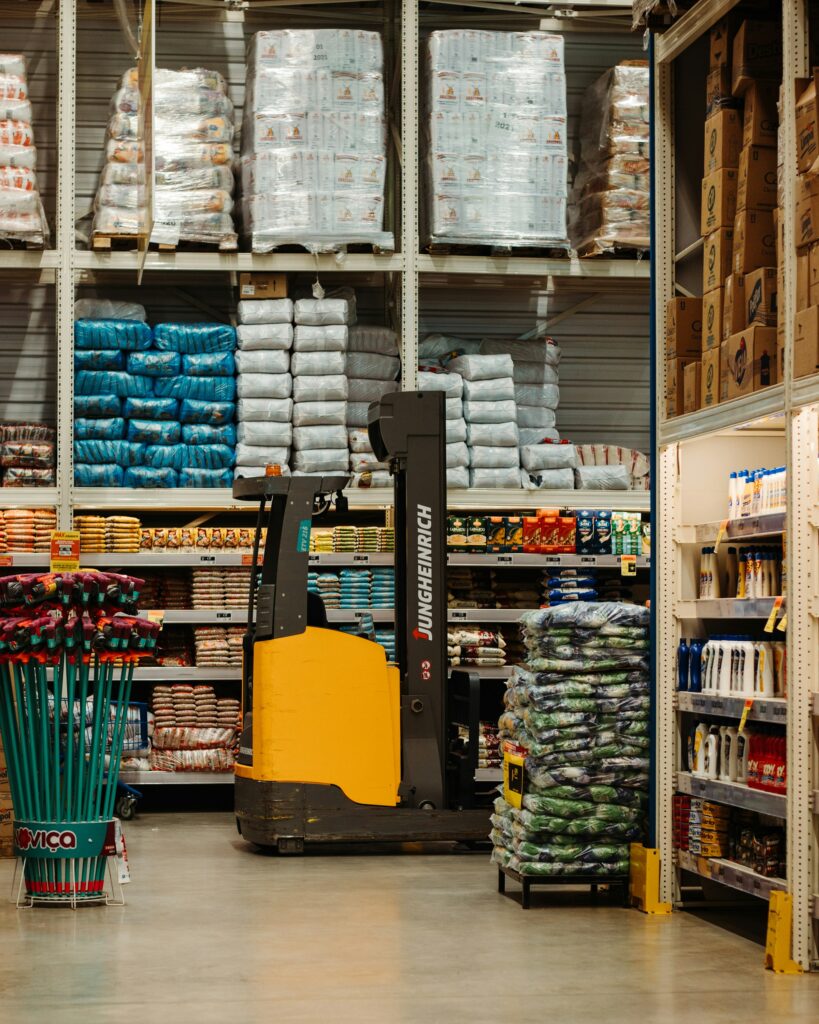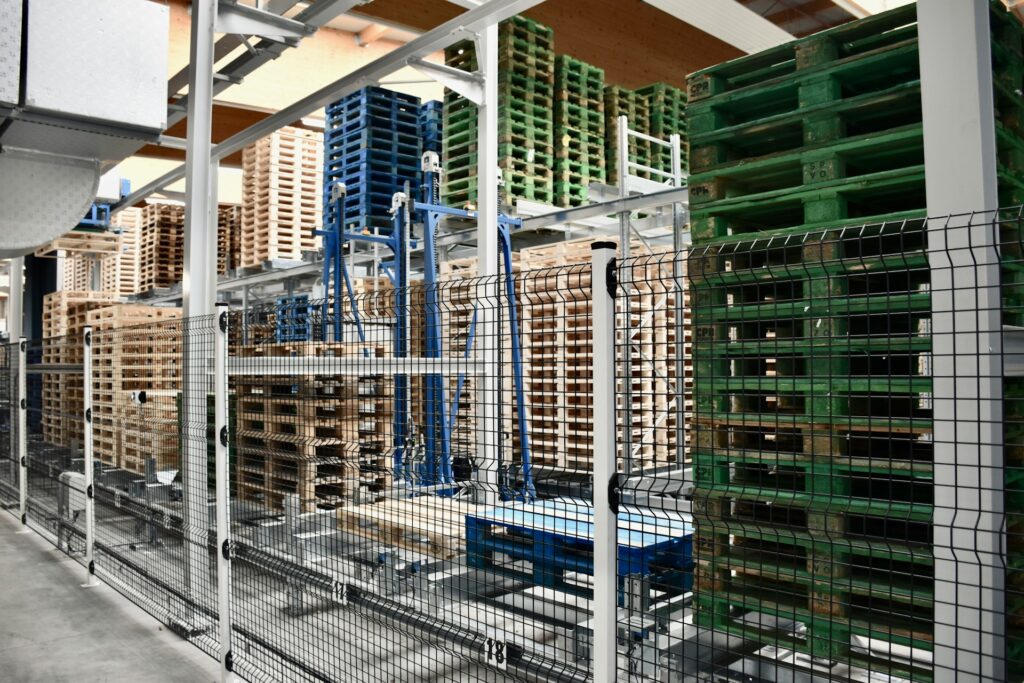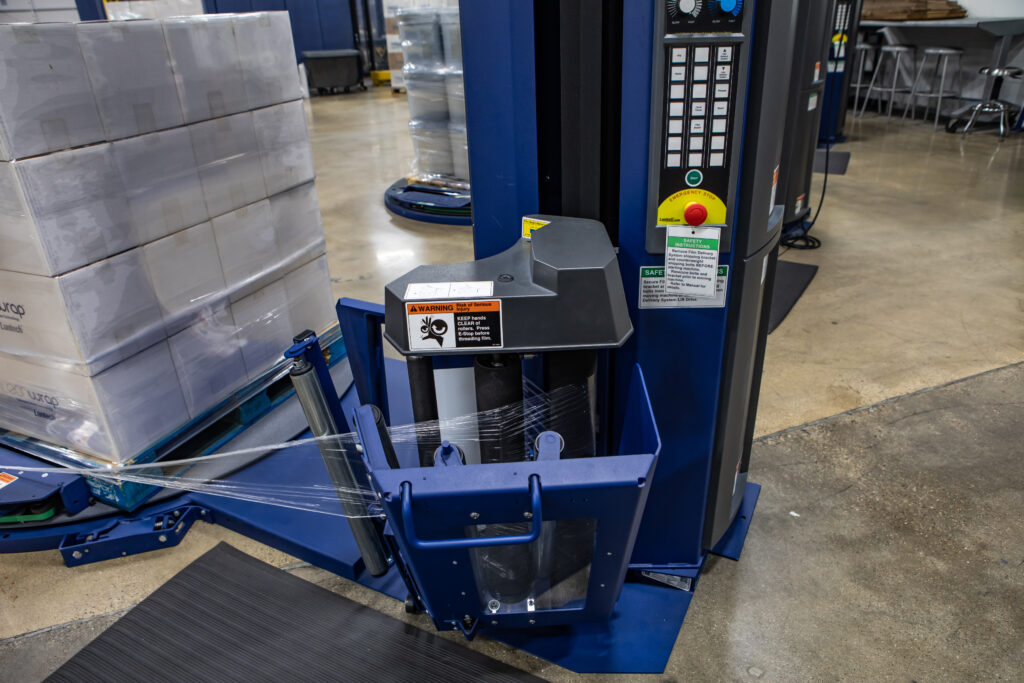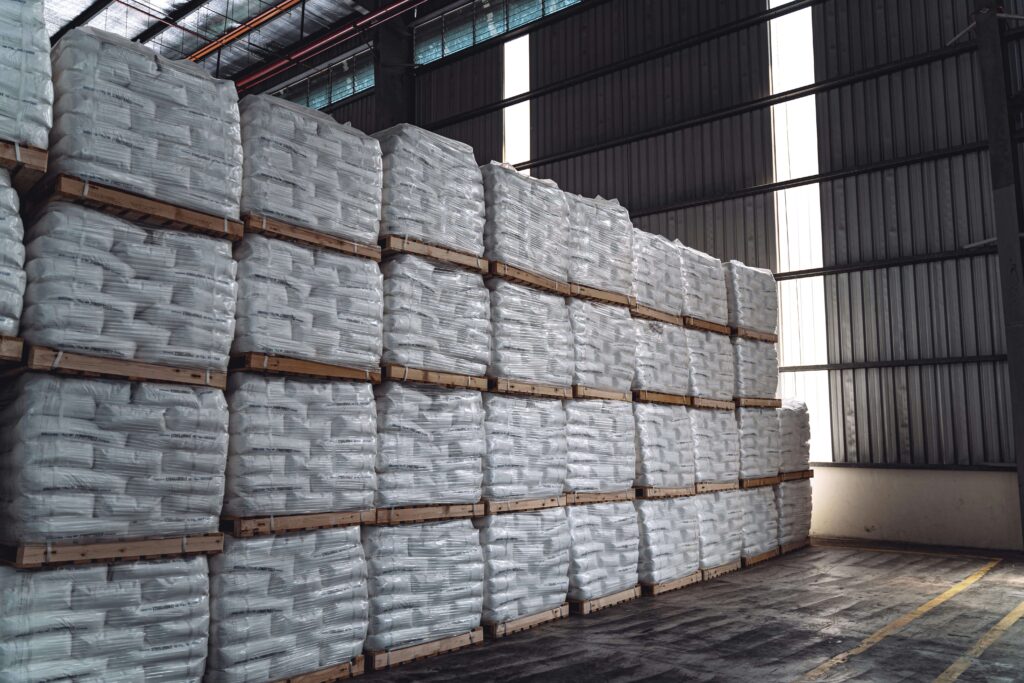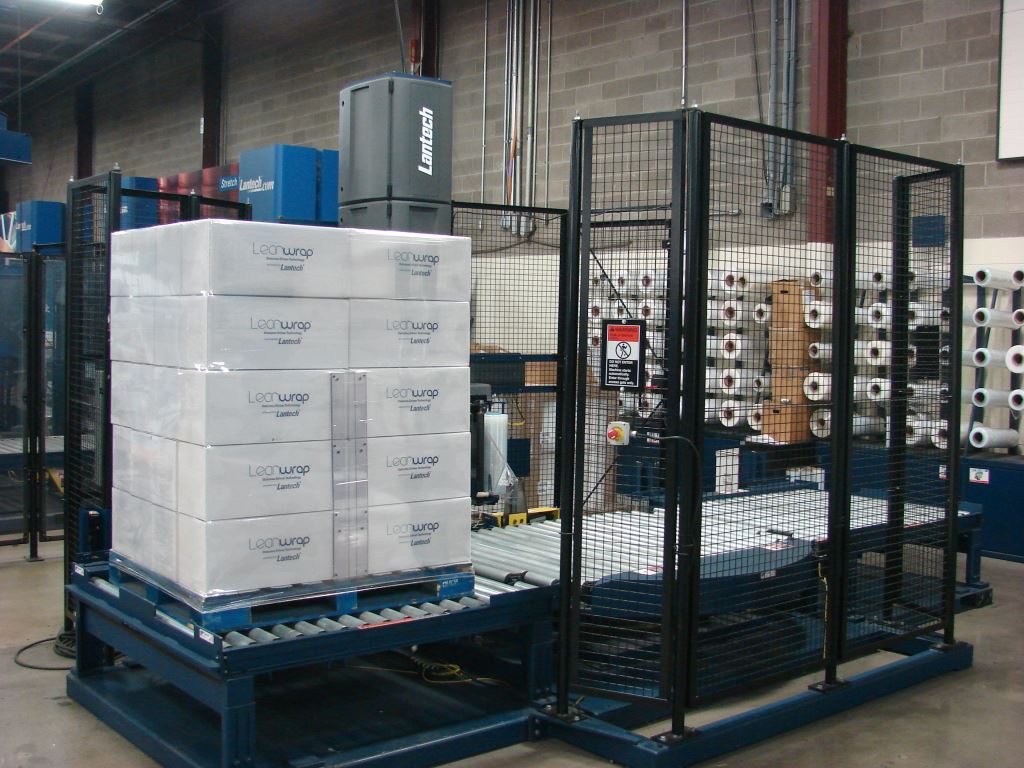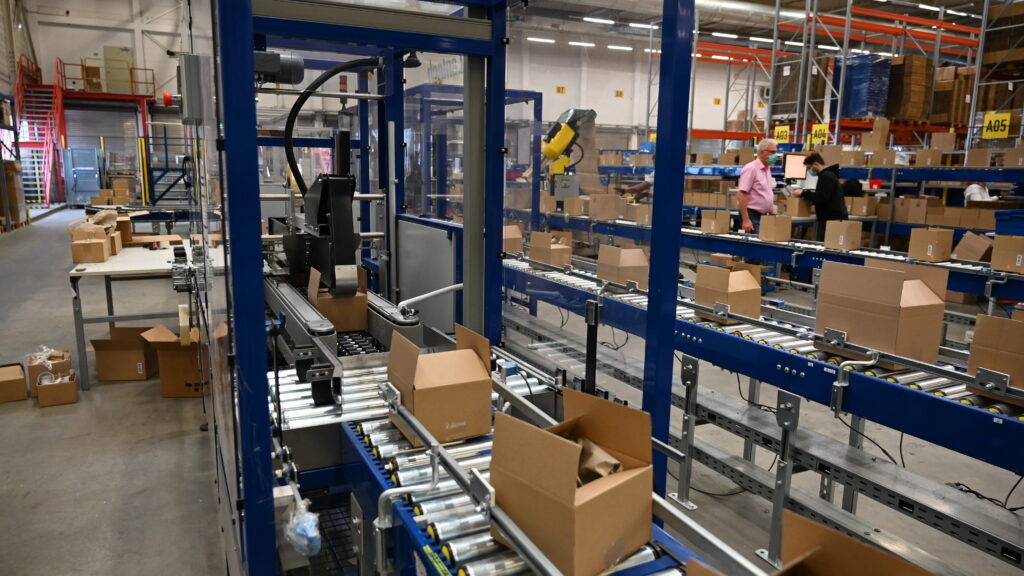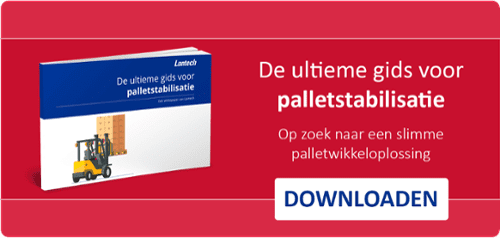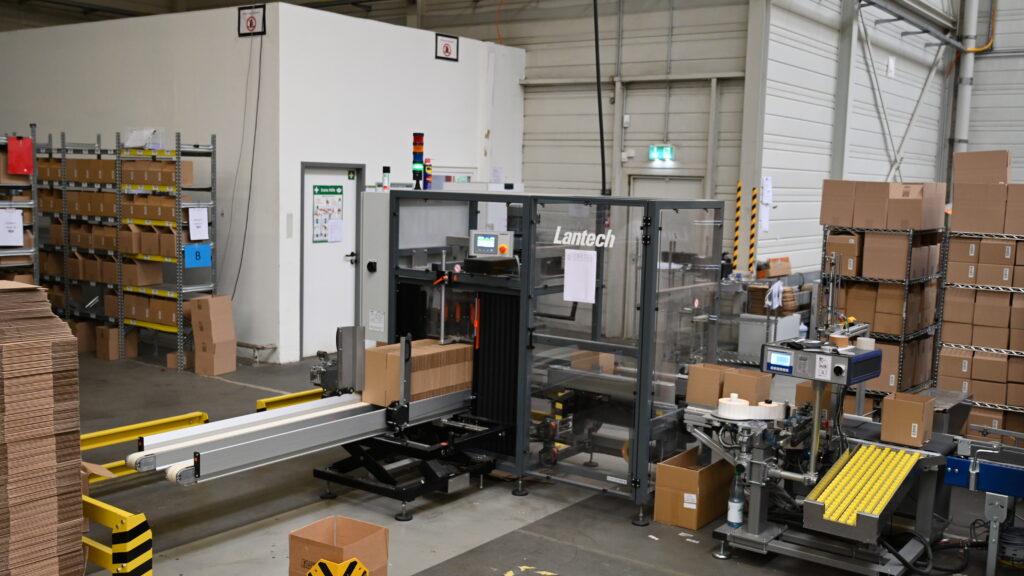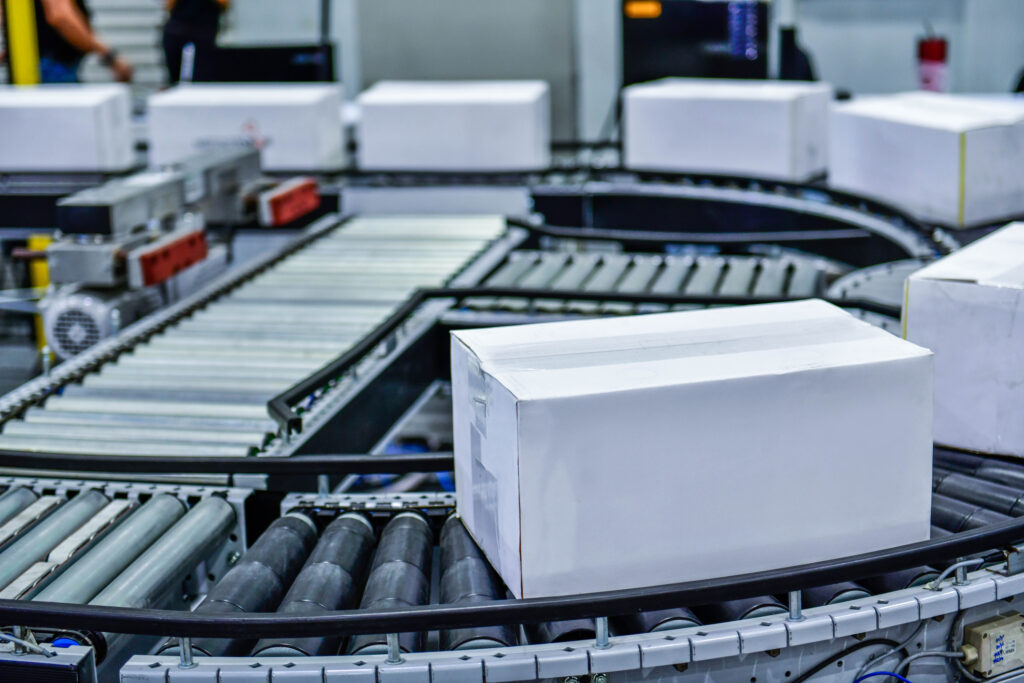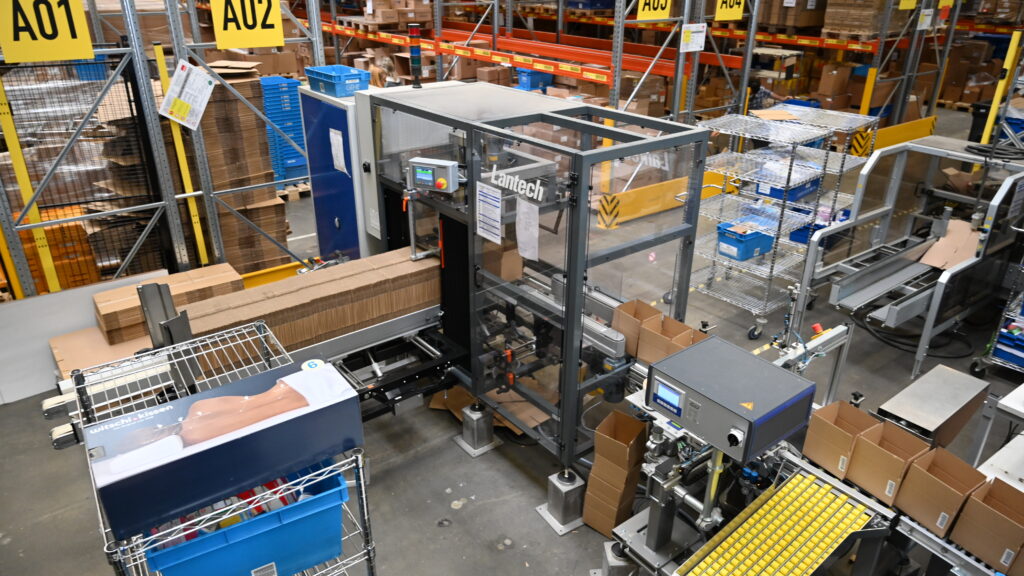Automation technologies have become essential in improving the efficiency of modern packaging lines. Thanks to innovations in automation, companies are reducing costs, improving product quality, and reducing time spent on manufacturing operations. This article will be of interest to logistics specialists, engineers, and company managers looking to improve the efficiency of their packaging lines through advanced technologies. The article covers the main packaging automation technologies and their advantages.
Contents of the article:
- Automation technologies in packaging lines
- Advantages of automation for packaging
- Integration of new technologies in packaging processes
- Conclusions
Automation Technologies in Packaging Lines
Automation in packaging lines has dramatically changed modern industry by making processes faster, more accurate, and cost-effective. Key technologies used in packaging lines include robotic systems, pallet wrappers, conveyors, automatic packaging machines, and many more. Implementing these technologies allows for significant cost reduction, increased speed, and improved packaging quality.
Key Technologies:
- Pallet Wrappers: Whether they are automatic or semi-automatic, these devices automate the process of wrapping products in film, protecting them from damage and facilitating transport. There are two main types of pallet wrappers: Turntable (Rotating Table), where the pallet rotates on a table while the wrapping film is stretched, and Rotary Arm (Rotating Arm), where the wrapping head rotates around a stationary pallet. Both types ensure high efficiency in wrapping, depending on the size of the products and handling requirements.
- Case Erectors: These machines automatically form boxes then seal the bottom, which are then filled with products. This technology significantly speeds up the packing process and reduces human error, improving consistency and quality.
- Case Sealers: These machines automatically seal boxes after products have been packed. They significantly speed up the process, reduce errors, and increase packaging consistency.
- Case Packers: Mechanisms for quickly assembling boxes. They ensure high speed and accuracy when preparing boxes for transport, helping reduce the time spent on packaging.
- Conveyor Systems: Conveyors automate the movement of goods from one stage of packaging to another. This significantly reduces the need for manual handling and accelerates processes, ensuring continuous operation of the line.
- Automatic Packaging Machines: These machines automate the process of packing goods into boxes or containers, reducing the time needed for packing and minimizing errors that can occur during manual processes.
- Quality Control Systems: Used to check the quality of packaging and goods at various stages. These systems automatically detect packaging defects or violations of standards, improving the accuracy and quality of the final product.
These technologies significantly enhance packaging efficiency, reduce human error, and lower labor costs. With the development of automation technologies, production speeds increase, material costs decrease, and packaging precision improves.
Advantages of Automation for Packaging
Automation on packaging lines provides many benefits, including increased productivity, reduced costs, and improved product quality.
- Increased Productivity: Automation speeds up operations, allowing for increased production volumes without the need to hire additional staff.
- Labor Cost Reduction: Using automated systems reduces reliance on manual labor, leading to lower labor costs.
- Improved Packaging Quality: Automated systems ensure accuracy and consistency, reducing the likelihood of errors that may occur with manual execution.
- Increased Safety: Automation reduces physical strain on workers, lowering the risk of injury and providing safer working conditions.
Thanks to these benefits, companies can reduce operating costs and improve their competitiveness in the market.
Integration of New Technologies in Packaging Processes
Initial Steps for Integration
Integrating new technologies into packaging lines starts with analyzing existing processes and identifying problem areas. In the first phase, it’s essential to evaluate speed, accuracy, convenience in handling goods, and the level of automation needed.
Main Mistakes
One of the primary mistakes is choosing equipment that does not meet the requirements of the production line. This can lead to process delays or increased maintenance costs. It is also crucial to properly train staff to work with new systems to avoid inefficiencies.
Conclusions
Automation of packaging lines is a critical factor in achieving high efficiency and reducing manufacturing costs. Investments in new technologies allow companies to optimize processes, lower operating costs, and improve product quality. For further development, it is essential to continually implement cutting-edge technologies that will help maintain competitiveness in the market.
FAQ
1. How does automation improve packaging productivity?
Automation speeds up the packaging processes, significantly increasing production volume without the need for additional workers.
2. What equipment is used for packaging automation?
Key technologies include pallet wrappers, case erectors and case sealers, automatic packaging machines, conveyor systems, and robotic lines.
3. How does automation reduce labor costs?
Automation reduces the need for manual labor, which lowers labor costs and minimizes errors.
4. What mistakes can occur when implementing automation?
Common mistakes include choosing equipment that doesn’t fit all needs of the operation, improper equipment setup, or inadequate staff training.
5. How does automation improve safety on packaging lines?
Automation reduces the physical workload on employees, decreasing the risk of injuries during repetitive and strenuous operations.

